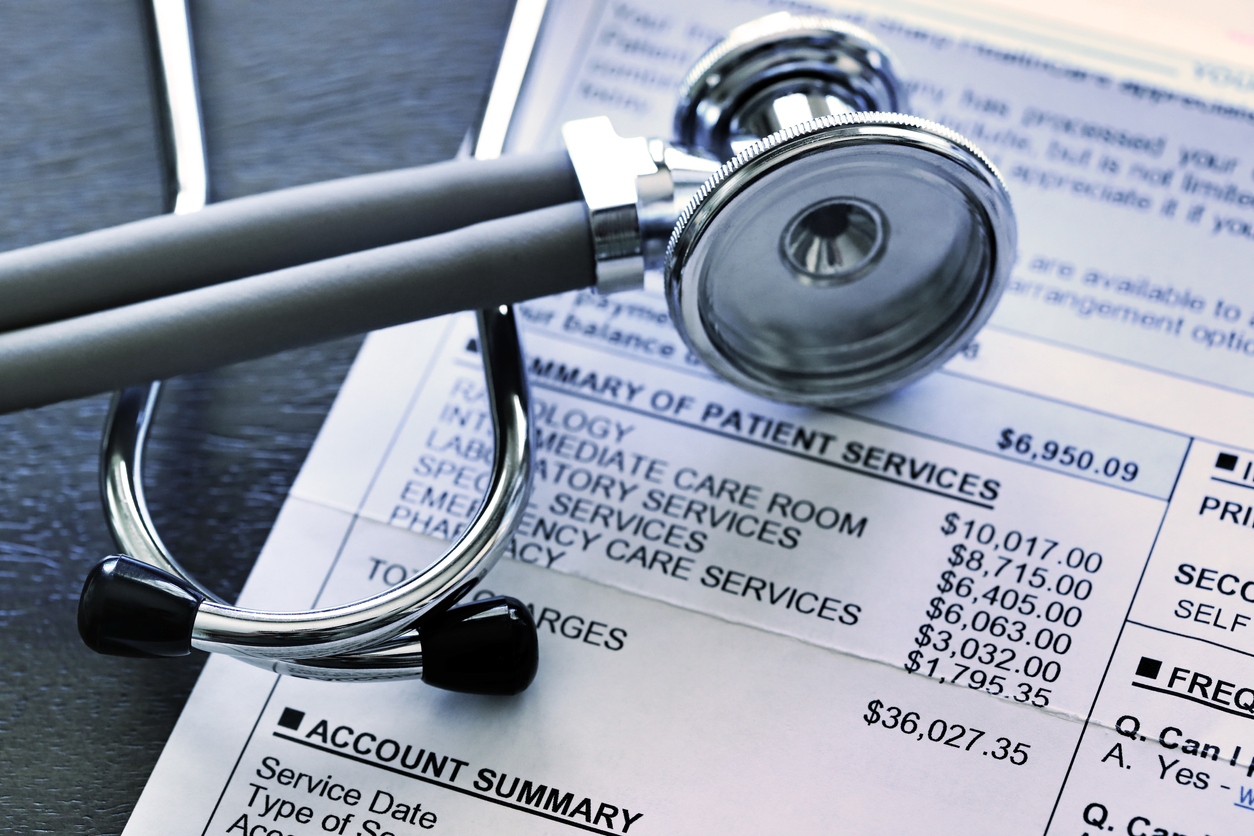Do you know how healthcare costs are impacting patients in your practice?
When healthcare providers make recommendations for patients—whether that be a diagnostic test, new medication, or adoption of a healthy habit—the hope is that patients will adhere to the new plan.
Of course, that’s not always the case.
While there’s an ongoing debate about whether to label the failure to follow a provider’s recommendations as non-compliance or non-adherence, outcomes are often the same: frustrated providers, and patients who don’t get better as planned.
But there are many variables that may play a role in such a scenario that have nothing to do with patients who seem like they don’t want to cooperate.
A recently released study, West Health-Gallup 2021 Healthcare in America Report, underscored two that are having a major impact: cost and value.
America’s Healthcare Cost Crisis
According to the results of this survey by West Health and Gallup released on March 31st of this year, “an estimated 112 million (44%) American adults are struggling to pay for healthcare, and more than double that number (93%) feel that what they do pay is not worth the cost.”
Drawing from the opinions of more than 6,600 American adults, the findings represent one of the largest surveys conducted during the pandemic about the state of healthcare in America. Results are based on two new composite scores the organizations decided to develop “after the rate of Americans reporting skipping needed care due to cost tripled during 2021.”
Here’s how a press release announcing the results described the new scores:
- The Healthcare Affordability Index “assesses the public’s ability to afford the healthcare they need.”
- The Healthcare Value Index “synthesizes Americans’ perceptions of the quality-of-care relative to cost.”
“These indices are tracking the healthcare cost crisis in America and its impact on everyday Americans,” said Tim Lash, President of West Health. “Bottom line – Americans are increasingly getting priced out of the system and many of those who can still afford to pay don’t think they’re getting their money’s worth relative to the cost. We must begin to change this trajectory with smarter policies that put patients over profits.”
Healthcare Affordability Index
The Healthcare Affordability Index rates respondents as “cost desperate” if they reported experiencing three key financial challenges:
- “Unable to pay for needed medical treatment over the prior three months.”
- “Skipped prescribed medication due to cost over the prior three months.”
- “Unable to afford quality care if it was needed today.”
If respondents cited one or two of these challenges, they were classified as “cost insecure.” If they reported experiencing none of these challenges and were able to pay for their prescription medications and quality care, they were classified as “cost secure.”
According to these classifications, results indicated that among the Americans polled:
- 8% are “cost desperate”
- 36% are “cost insecure”
- 56% are “cost secure”
Here are a few insights regarding those who reported being “cost desperate”:
- “The likelihood of being cost desperate is more than four times greater for those in households earning under $48,000 per year (13%) compared to those earning $90,000+ per year (3%).”
- “Men were more likely to be cost secure than women (60% to 53%) and Hispanic adults were less likely to be cost secure than their Non-Hispanic White counterparts (51% to 58%).”
- “Over one-third (35%) of cost desperate adults report that they have cut back on utilities, and half have cut back on food in the past 12 months to pay for necessary healthcare, rates that are 10 times greater than their cost secure counterparts.”
- “Another 14% of this group know a friend or family member who has died in the last 12 months after not receiving treatment due to an inability to pay for it—double the rate of ‘cost insecure’ individuals and seven times greater than ‘cost secure’ individuals.”
Healthcare Value Index
When it came to weighing the quality of care against the amount they pay for it, results indicated that “few Americans believe they get good value.”
According to the release, the Healthcare Value Index classified respondents as follows:
- “High Perceived Value”: “These persons (5% of the U.S. adult population) report that both their household and Americans generally are paying the right amount (or too little) relative to the quality of care they receive and that their most recent care experience was worth the cost.”
- “Inconsistent Perceived Value”: “These persons (50% of the U.S. adult population) report that either their household or Americans generally are paying too much for the quality of the care that they receive or that their most recent care experience was not worth the cost.”
- “Poor Perceived Value”: “These persons (45% of the U.S. adult population) report that both their household and Americans generally are paying too much for the quality of the care they receive and that their most recent care experience was not worth the cost.”
“These estimates are important resources for policymakers, researchers, and the public to evaluate and understand the burden of high healthcare costs,” said Dan Witters, a senior researcher for Gallup. “The indices paint a comprehensive picture of why Americans are unable to keep pace with the rising costs and don’t see value in the care they are receiving.”
Integrating Cost and Value Concerns Into Healthcare Marketing Strategy
With skyrocketing costs across industries, private practices may feel they have little control over the detailed costs that patients incur.
However, demonstrating awareness of the financial burden patients may face related to care and providing appropriate support as possible can go a long way. When patients know their providers are taking individualized cost considerations into diagnostic and treatment options, it may help patients feel that their needs are better understood and that they’re part of the healthcare team.
As a recent study about Gen Z, their providers, and social determinants of health (SDOH) revealed, sometimes patients just want to know that someone will listen and care.
Quoted in a statement, that sentiment is aptly summed up by Poll director and U-M family medicine physician Tammy Chang, M.D., M.P.H., M.S.
“As a doctor, what I hear is my adolescent and young adult patients want me to ask them about more than their health. They want me to ask about their lives,” Chang said. “This opens a door for doctors and other healthcare providers to really understand the root causes of the issues that young people are facing today. Youth in our study didn’t expect providers to solve their issues, rather, just listen. I can do that.”
Contact us today to find out how we can help you level up your healthcare marketing strategy.







 Ad Choices
Ad Choices